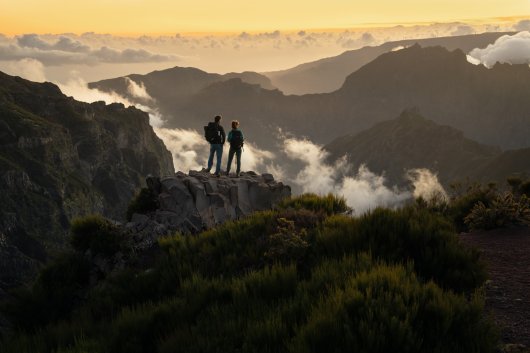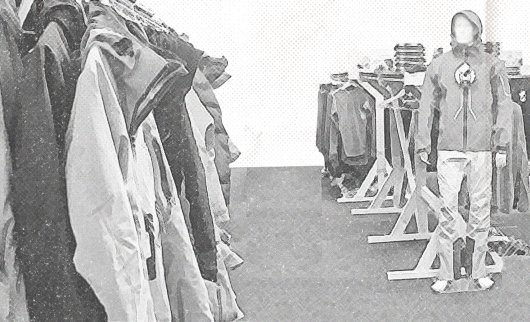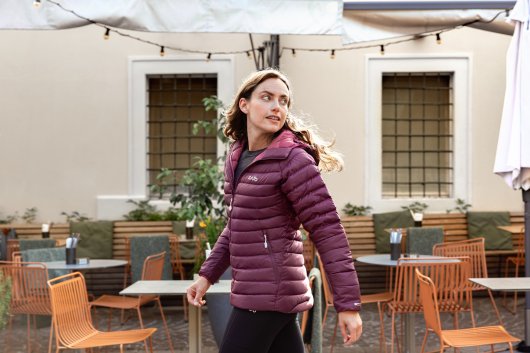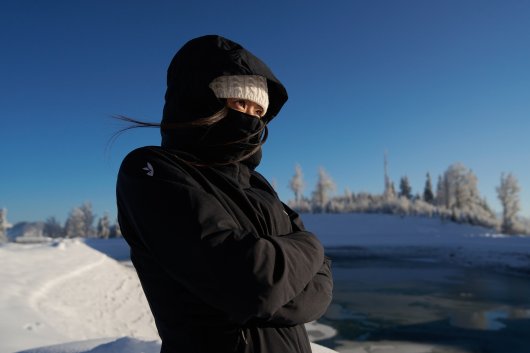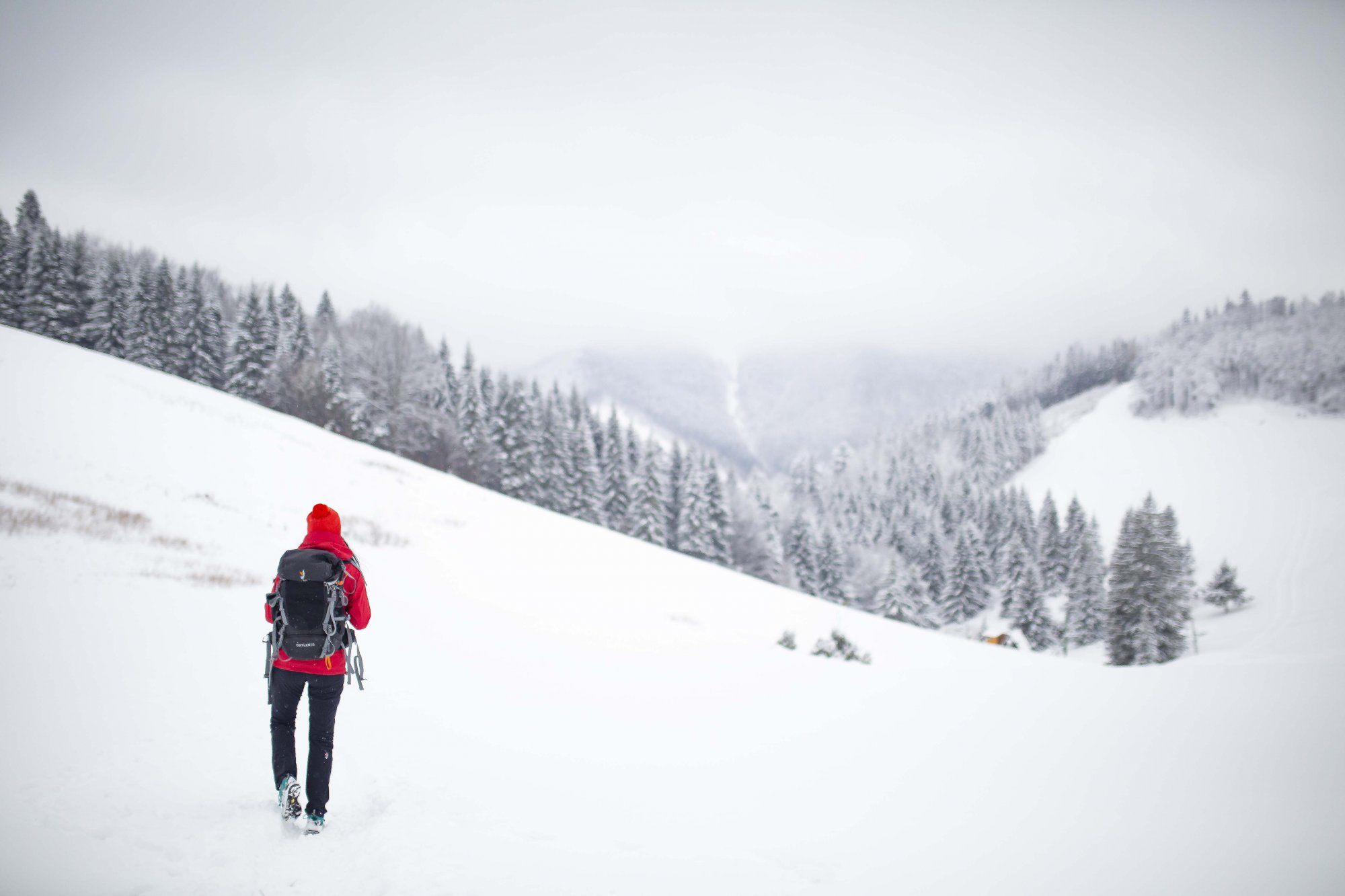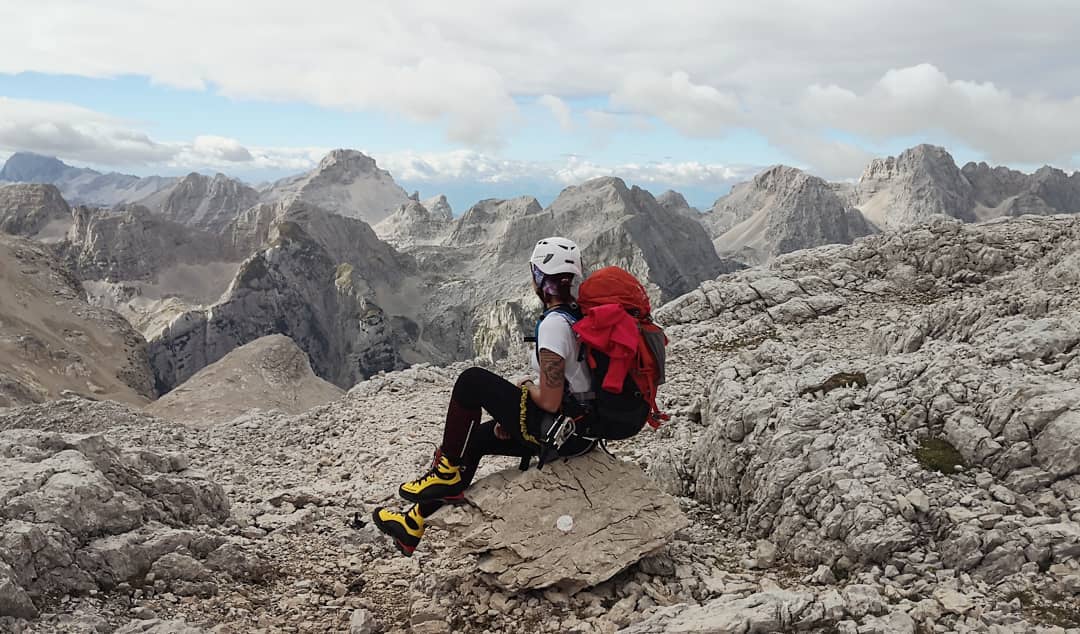Hiking in winter: How to prepare?
Winter hiking has its charm and even the hikes you have taken in the summer become a completely new experience under the snow cover. At the same time, winter tourism is also specific in that it carries certain risks and requires different needs than summer tourism.
Are you going on a proper winter hike and do not know what you need and how to prepare for it? We have prepared some tips for you that will make you return home healthy, happy and great experience richer!
1. Start with familiar paths
One of the significant challenges of winter tourism is that it is sometimes tough to estimate how much time it takes to take a route. In deep snow, what you managed to do in an hour or two in the summer could take up more time and take much more energy. Not to mention that the days are short and the margin for error is much smaller.

If you don't have much experience with winter hiking, start with shorter hikes, ideally on the trails you know and where theoretically nothing can surprise you. Check the time of the sunset and be ready to turn back at any time. The hill won't run anywhere.
2. Adequate equipment
Even the simplest hikes that you would consider pleasant walks in summer carry extra danger in winter.
One such threat is the icy surface, which can cause you unpleasant injuries very easily and quickly. In snowy terrain, it is, therefore, necessary to have crampons or at least micro-spikes. Trekking Poles can also help you with better stability in steep terrain.
With the shorter days mentioned in the first point, it is essential to have a head torch ready, ideally with a spare battery. You certainly know what frost does with battery life, and if you don't want anything in the winter, it's to be stuck in the terrain in the night, lost and without a light source.
More demanding tours may require extra equipment such as avalanche equipment and a ice axe.
3. Food and water
Hiking in winter requires a comparable amount of water to hiking in summer, although the body doesn't show us that much. Drinking regimen is vital in every activity, and the fact that you don't feel thirsty as in hot weather does not mean that you have enough fluids in you.
It is also specific with food in winter - especially with the amount of food we need to take. Our body burns much more calories at minus temperatures than in summer, so there is an increased risk of being exhausted and energy-free without enough food.
4. Layer

We recently discussed in our previous blog how to layer well for the winter. To sum up, layering is a very effective method for winter hiking, which allows you to quickly and effectively adapt your outfit to the current conditions.
Of course, do not forget about a good hat, scarf and gloves.
It is much easier to keep the body warm than to heat a body that shows signs of hypothermia. Don't underestimate this threat and prepare well!

